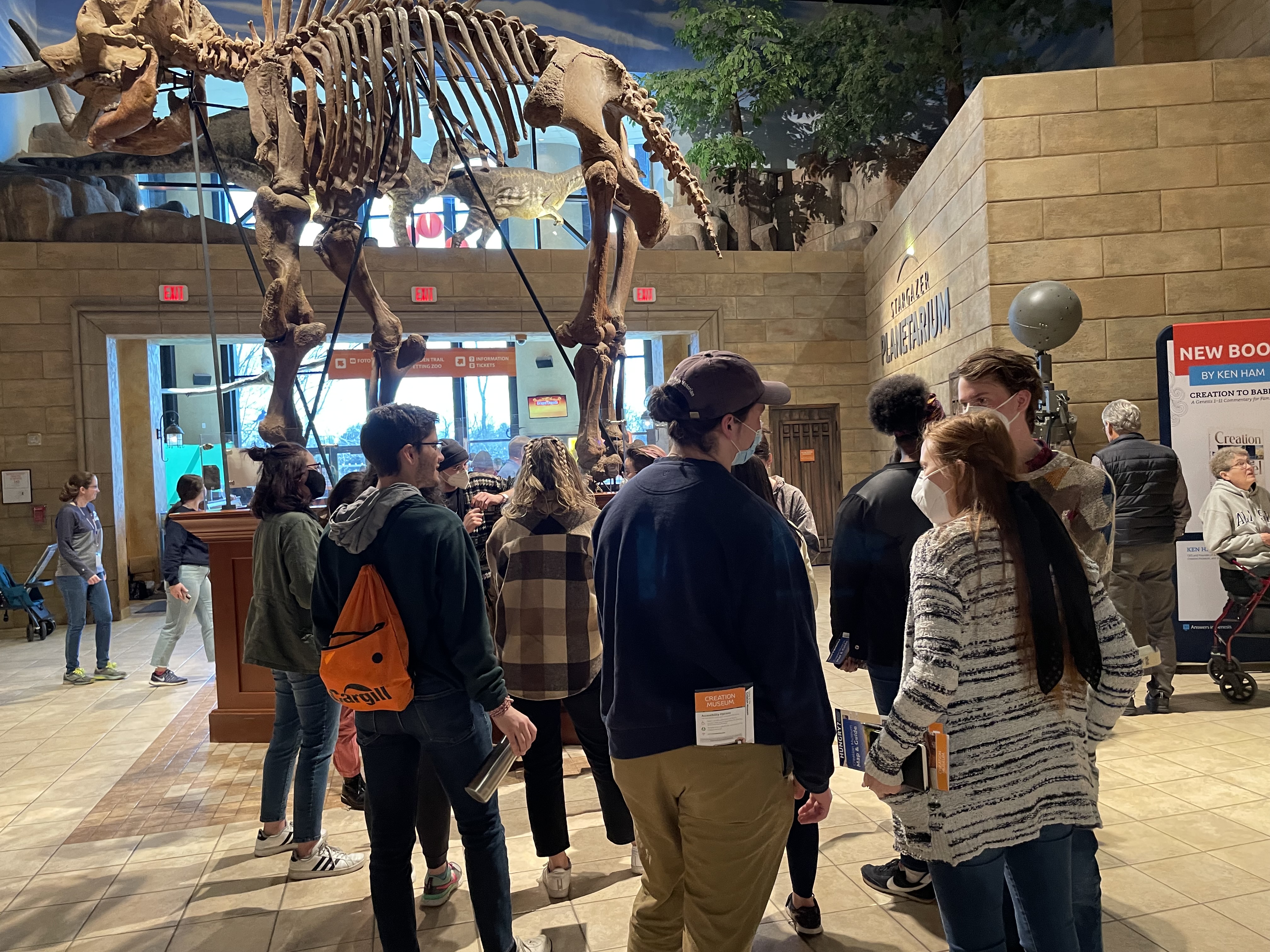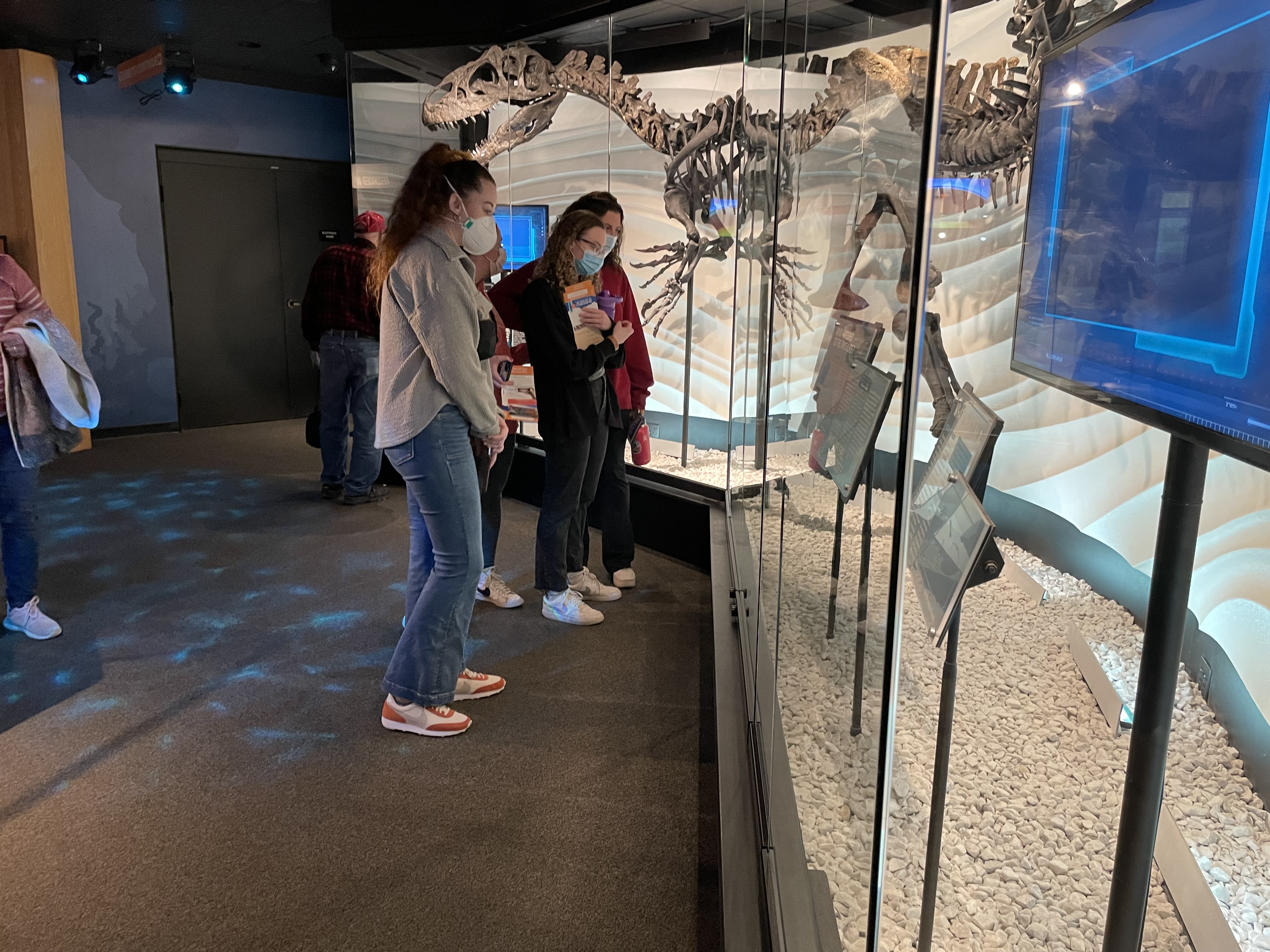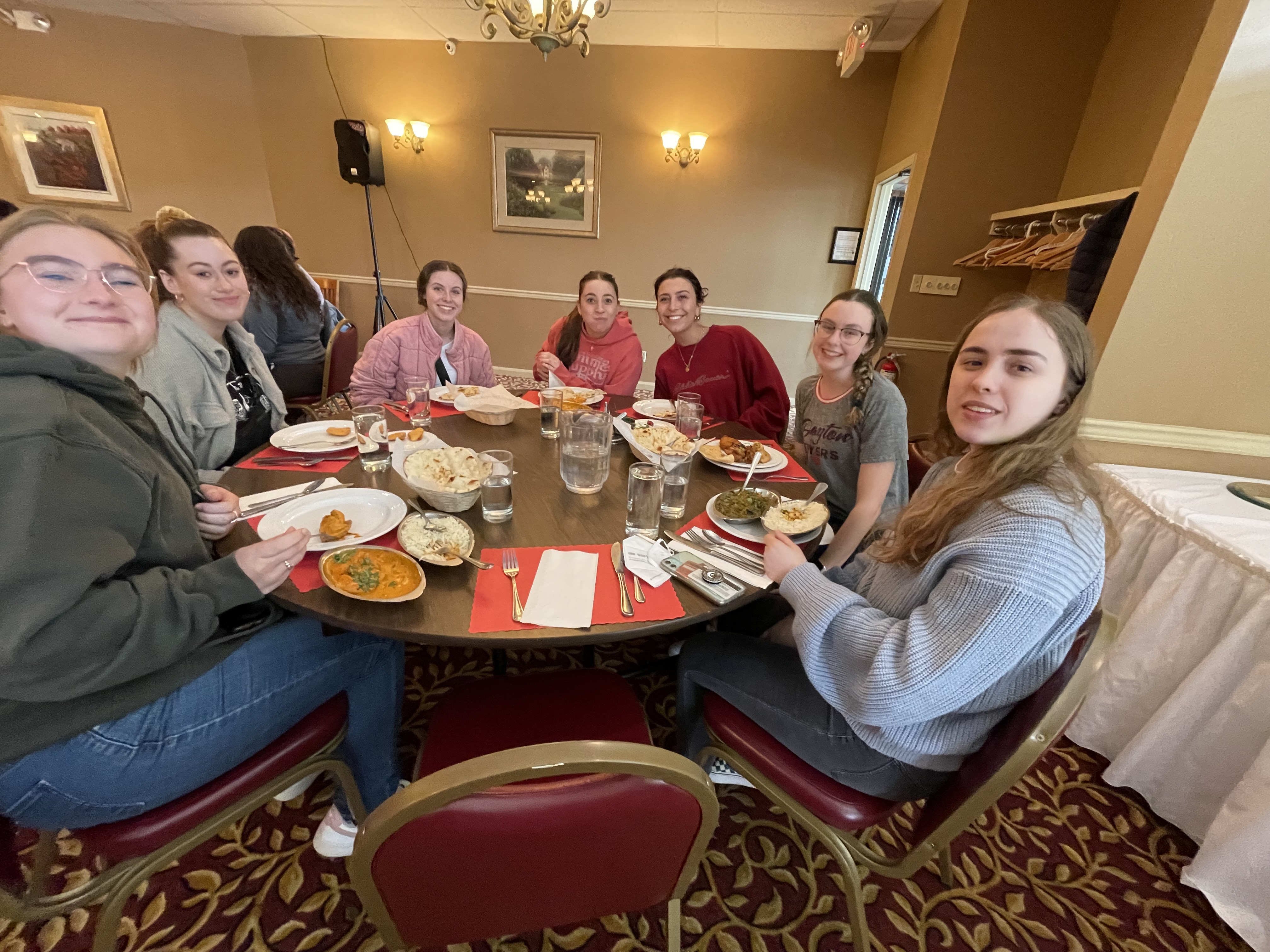University Honors Program

What is the Core Program, and how can it help Honors students?
By Alex DiMarco
The University of Dayton’s Core Program, since its inception in 1998, has drawn students from all four of the university’s undergraduate schools to participate in a two-and-a-half year curriculum defined by its interdisciplinary nature and a community dedicated to examining and discussing a common theme, "Human Values in a Pluralistic Culture." First-year students who enroll in Core will find themselves in a community of individuals who all live together on the same floor of their first-year residence hall and take the same ASI year-long course together.
The ASI 110 and 120 class is one of the most unique courses offered at UD and is titled the Roots and Development of Western Civilization in a Global Context. Available solely to first-year Core students, the year-long course follows a historical narrative starting at the beginning of civilization and finishing at present day. The class intertwines the four disciplines of history, philosophy, English and religious studies; however, although the program is primarily advertised toward humanities majors, Core draws students studying in many different fields.
“We have majors from all over,” Dr. William Trollinger, head of the Core Program, boasts of the assortment of students studying in the program. “Engineering has recently gotten invested in being in Core. We have 13 or 14 in first-year Core. Even students in the business school have become increasingly interested. In addition, we are becoming increasingly racially diverse which also changes discussion. It’s the whole university, not just humanities majors.”
Regarding the ASI class itself, Trollinger recognizes its ferocity: “It’s a lot, a lot, a lot of discussion, and it’s very intense. I tell the Core RA’s and fellows this: in the first week your job is to keep encouraging the first-years because they’re going to freak out. But somewhere right around the first exam, students realize that they can do it. And somewhere in the late fall or early spring, something happens and they get invested. It’s not just the professors, it’s also living together. It’s the fellows, it’s having Core RA’s, and it’s the community itself, and that’s a big reason it works.”
Although admitting the difficulty of ASI 110 and 120, sophomore Allie O’Gorman recognizes the benefits of taking the class: “When I started in Core freshman year, it just seemed to be the right decision for my major and for my year. But being able to get those CAP classes done, basically all at the same time, and being able to see how all the different disciplines interconnect was really cool. It definitely gave me a more well-rounded understanding of a lot of different historical events and the way the world is today which was cool for my freshman year. Other than that I’ve gained much closer relations with different faculty in the humanities and interdisciplinary areas here at Dayton and formed much closer bonds with my classmates that are in Core.”
While O’Gorman knew that Core was the right direction for her to go in starting her first year, junior Rebekah Beamer had a different experience joining Core.
“I was kind of just thrown in by happenstance,” Beamer reminisces. “On the class selection form, it didn’t give me any options so I just clicked it and moved on in my life, and when college rolled around I just rolled with it.”
However, this happenstance changed Beamer’s path at UD, as she decided to be a Core RA after finishing her freshman year.
“I was really invested in the Core program, and I thought this role would be able to give me a greater ability to help first-year Core students because I would be living with all of them. I love the Core program and I wanted to stay with it as much as I can,” Beamer said.
Core students seem to be in agreement with what sort of benefits come about after being involved in Core. Similarly to O’Gorman, Beamer also considers herself having received a more well-rounded education in the aftermath of her time spent in her Core classes.
“I think Core gives you a lot of different views on how to look at the world,” Beamer said, “and I think that makes me a well-rounded student but also a global citizen because you study the world. I also think it’s made me more passionate in my learning because in high school, and even in other classes outside Core, I was more of a passive learner, but Core makes me excited to learn stuff.”
Participating in the Core Program and taking its required course load can earn a student up to 15 Honors credits by the time they graduate from the program halfway through junior year. However, it’s important to note that the Core Program is not only limited to students enrolled in the UHP.
O’Gorman, participating in both the Honors and Core programs, benefits from the abundance of Honors credits she receives from being in Core, although she doesn’t find the classes significantly more challenging than non-honors classes.
“The one difference,” O’Gorman said, “is that there’s probably a little bit more reading involved in Core, especially with the different written and timed tests that we have to take.”
However, although participating in Core has considerable benefits for an Honors student, only around 30% of students in the Core Program also are a part of the Honors Program. Trollinger, who has been head of the Core Program for the past nine years, notes that there have been suggestions over the years to merge the two programs.
“As long as I'm the director,” Trollinger said, “I don’t want to see that happen. I love the Honors students but I love the mix in Core.”
From what Core students say about the program, it seems they are in agreement with their director. Both Core students and Honors students benefit greatly from the Core Program in educational and developmental ways, and we can only hope that Dr. Trollinger continues to have his way with the program so UD can continue to prosper from the remarkable community of students graduating from its curriculum.



